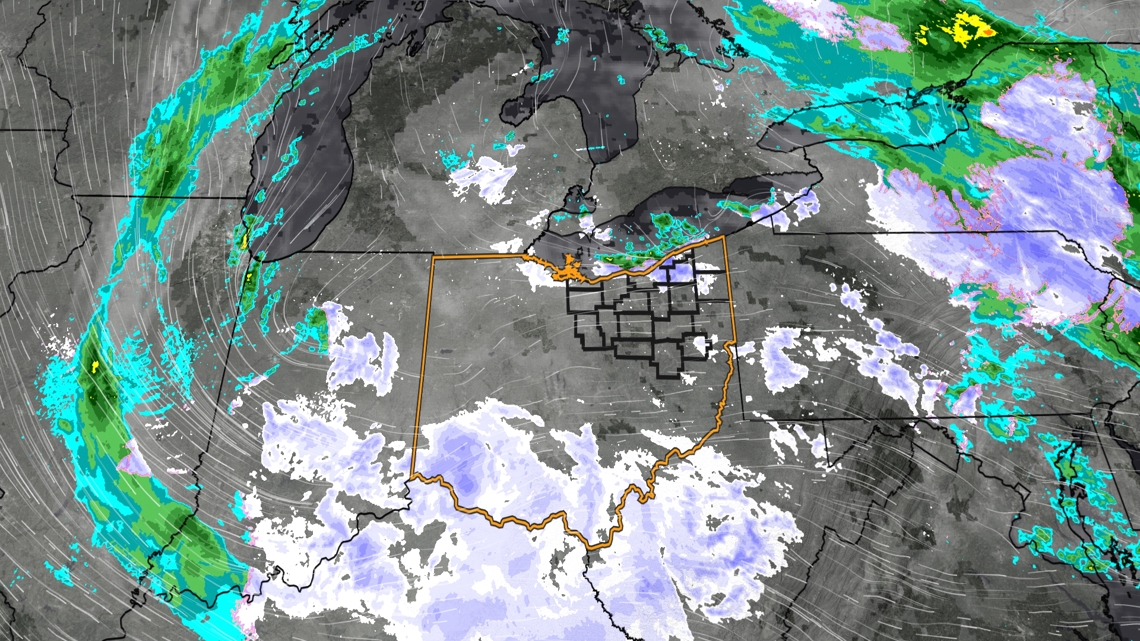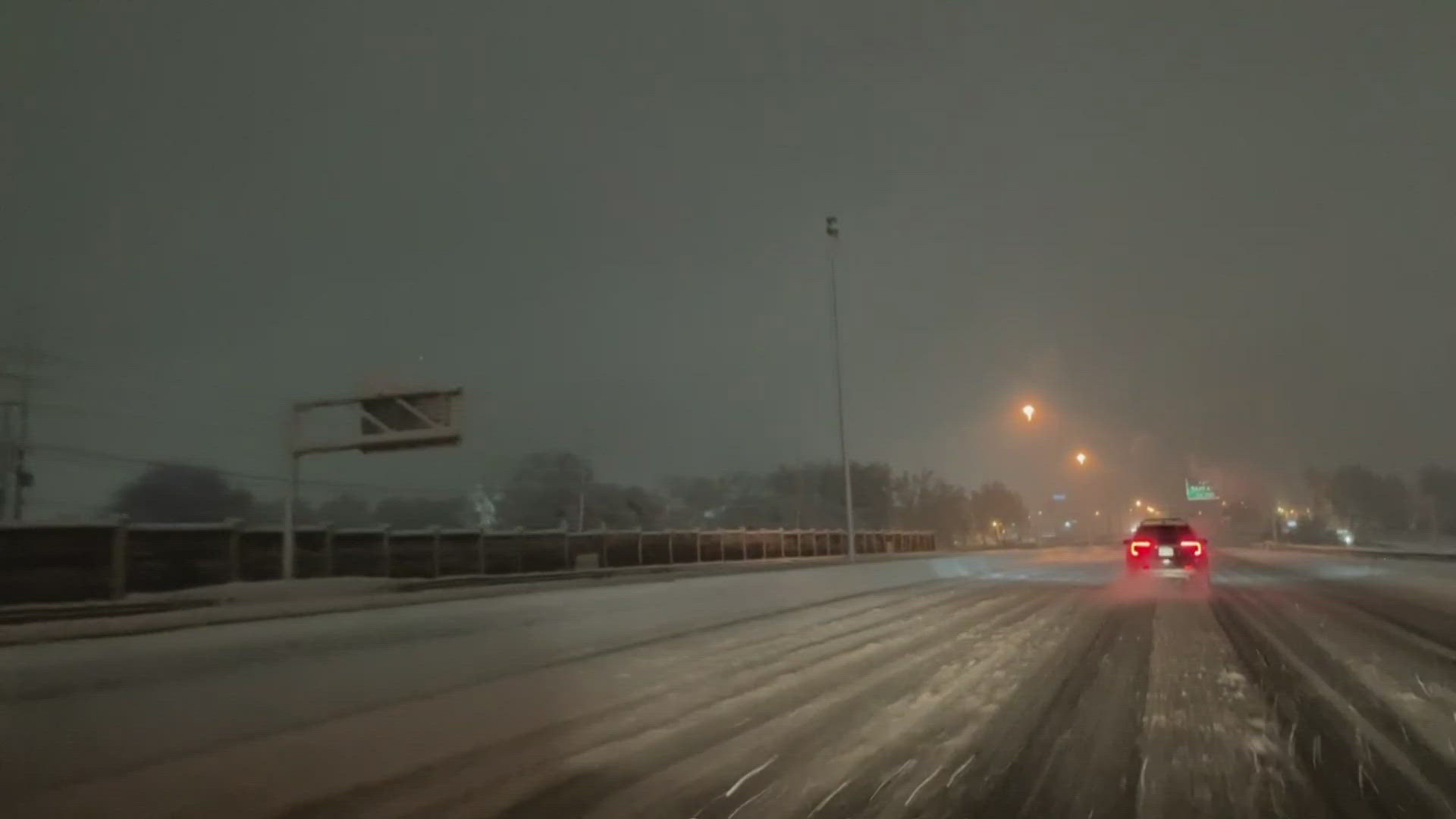Lake effect snow season is here. The season typically runs from November to January, or until the lake freezes. Through the season you sometimes hear snow events being described as lake-enhanced or lake-effect. But what's the difference between those two terms?
Lake-effect snow
This is snow that forms when a cold air mass passes over a relatively warm lake. The temperature contrast causes the air to pick up moisture and heat from the lake, which then rises, condenses, and produces snow. Lake-effect snow is typically localized and intense, affecting areas immediately downwind of the lake.
Example: Lake-effect snow buried parts of eastern Cuyahoga County with 6 inches of snow.


Lake-enhanced snow
This occurs when an existing weather system, such as major storm or a front, interacts with the lake's moisture and warmth. The humidity from the lake boosts the intensity or the amount of snow produced by the system, but the snow itself is not originated by the lake. Lake-enhanced snow often affects a larger area compared to lake-effect snow.
Example: The approaching winter storm produced lake-enhanced snow, leading to heavier accumulations across the lakeshore.
Key takeaways
Lake-effect snow is entirely driven by the lake itself.
- Localized: Often confined to narrow bands directly downwind of the lake, due to the alignment of the wind with the lake.
- Cold Air Dominance: Driven solely by the temperature difference between the water and the air.
- No Large-Scale System Influence: It happens independently of larger-scale storm systems.
- High Snowfall Rates: Snowfall can be intense within the bands, with visibility dropping to near zero.
- Can persist for hours or even days if the cold air flow and wind direction remain consistent.
Lake-enhanced snow is a result of a weather system augmented by the lake’s influence.
- Broader Impact: Affects a larger area than lake effect snow because it combines lake-derived moisture with the broader dynamics of the storm system.
- System-Driven: Requires the presence of a larger-scale weather disturbance (e.g., a frontal boundary, a low-pressure system).
- Enhanced Snowfall: The moisture and heat from the lake amplify snowfall amounts but are secondary to the primary storm system.
- Typically shorter-lived than lake effect snow because it is tied to the movement and lifespan of the larger weather system.

